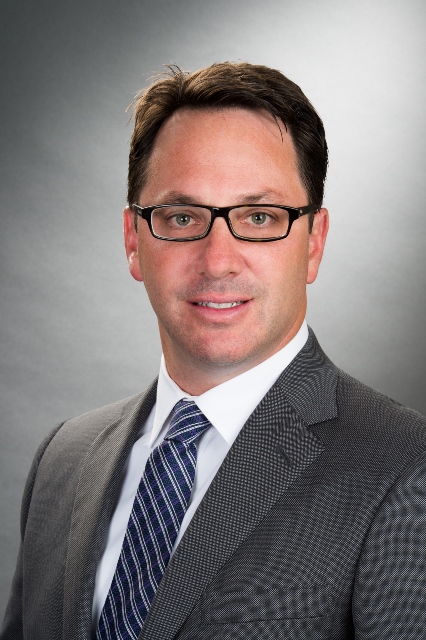 Not so very long ago, in the history of our Nation, 60 years of age was a milestone worthy of achievement by the Countrys population. The improvement of medications, made possible through scientific research, earmarked a gradual rise in health specifics that resulted in large numbers of elders attaining the age of 80 and beyond, with the fastest growing percentage being in the over 80 classification.
Not so very long ago, in the history of our Nation, 60 years of age was a milestone worthy of achievement by the Countrys population. The improvement of medications, made possible through scientific research, earmarked a gradual rise in health specifics that resulted in large numbers of elders attaining the age of 80 and beyond, with the fastest growing percentage being in the over 80 classification.
Many of these seniors are aging in place, within their accustomed environments. Some choose to remain in the workplace, while others are enjoying their retirement years, traveling, exercising, participating at senior centers, and/or seeking elective or appointed offices for the first time in their lives.
The pending burgeoning of the elder population, attributable to the Baby Boomers, will witness new roles for Older Americans, as well as a demand for services by those whose health declines at the same time that their financial resources dwindle in an unstable economy.
Although Older Americans, in the past, often resided with their children during their later years until their health conditions forced nursing home placement, todays aging population relies on health insurance, governmental programs, and savings accounts to cover their needs for assistance, either at home, in adult day care centers, or assisted living facilities. Expenses, too often, are greater than incomes, and dependence becomes a reality that was neither anticipated nor desired.
Long Term Care must become, and remain a recognized and addressed issue. People should, and must plan for the inevitable, yet few can afford the costs of sustaining insurance for healthcare.
We would propose the establishment and perpetuation of a Long Term Care Presidential Commission, along with comparable state entities that would develop feasible and realistic publications, television programs, public services announcements, and coalitions, with time specific calendars, to share their combined expertise, in an easily comprehensible manner, with Americans, of all ages. School curricula should include classes, relative to the topic. All of these relevant committees should have representatives of varying ages, as members, with emphasis on participation by well and disabled seniors.
For Older Americans, the future is now! They merit our admiration, advocacy and action.
Post Views: 791
 Not so very long ago, in the history of our Nation, 60 years of age was a milestone worthy of achievement by the Countrys population. The improvement of medications, made possible through scientific research, earmarked a gradual rise in health specifics that resulted in large numbers of elders attaining the age of 80 and beyond, with the fastest growing percentage being in the over 80 classification.
Not so very long ago, in the history of our Nation, 60 years of age was a milestone worthy of achievement by the Countrys population. The improvement of medications, made possible through scientific research, earmarked a gradual rise in health specifics that resulted in large numbers of elders attaining the age of 80 and beyond, with the fastest growing percentage being in the over 80 classification. 


























